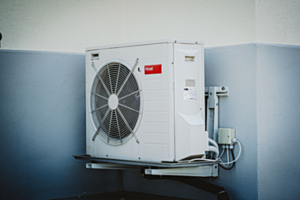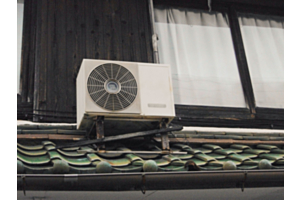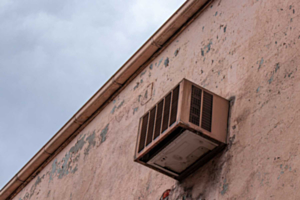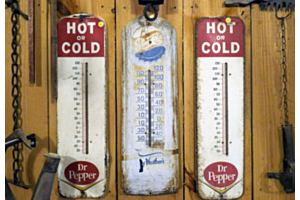How Many Amps Are Required for a Ductless Mini Split?

With summer already here, now is the perfect time to switch to a more efficient ductless mini split system. Before you proceed though, you need to know how many amps such a system would use.
We’ll answer that ahead, but first, let’s differentiate between amps, watts, and voltage.
Amps or amperes is the unit for measuring electricity. The accepted standard unit used for measuring how fast an electric current flows is an example of an ampere. Watts is the basic unit of electric, mechanical, or thermal power, equal to one joule per second: for electric power it is equal to one volt-ampere. You use watts all the time when you power on your coffeemaker, run a blender, use your hairdryer, or watch TV.
Voltage or volts are the basic unit of electromotive force, or difference in potential, that causes a current of one ampere to flow through a conductor having a resistance of one ohm. It sounds a lot like amps, but it is not. Amps are the actual electricity from those points while volts are how much electricity could go between those points.
Typically, the higher the voltage, the lower the amps. This setup boosts the electricity capacity for all your favorite everyday appliances and electronics as well as helps extend their lifespan.
Okay, now that you know all that, let us get back to your question. That is, how many amps are required for a ductless mini split? The amp range varies based on how many British thermal units or BTUs the mini split system uses. Typically, you will need between 15 and 45 amps per mini split. That is about 110 to 120 volts on the low end and 208 to 240 volts on the higher end.
Anything that runs on amps must have a circuit to prevent amp overload. This would cause your circuit breaker to trip and your power to go out. The same is true of your ductless mini split since it runs on amps. The mini split also needs a dedicated circuit, aka a circuit that no other electronic or appliance is using. Some homeowners and business owners opt for a surge protector as well.
Disconnect boxes are also common, as most code demands the installation of these boxes. The disconnect box’s job is to allow someone to turn off all ductless mini split power in the event the unit needs repairs or servicing.
Since you have your choice between a fused or non-fused disconnect box, it is better to go with the latter. This has a breaker rather than a fuse, so it is safer to use. You will also find fuses can be an inconvenience, as replacement is difficult. Yet fuses often must get replaced because they can corrode if they spend enough time outside. A non-fused disconnect box only requires being reset if it is tripped, no fuse replacement necessary.
You are probably now ready to begin seeking out a mini split system for your heating and cooling needs. At PowerSave AC, we are experts in all ductless mini splits. Whether your home or office needs a single mini split or a multizone mini split with up to five zones, we are here to make your space the most comfortable it can be. Why not call us today for more information?
Sources:
https://blog.totalhomesupply.com/ac-amps-voltage/
https://www.ecomfort.com/stories/1361-What-You-Should-Know-About-Mini-Split-Wiring.html






